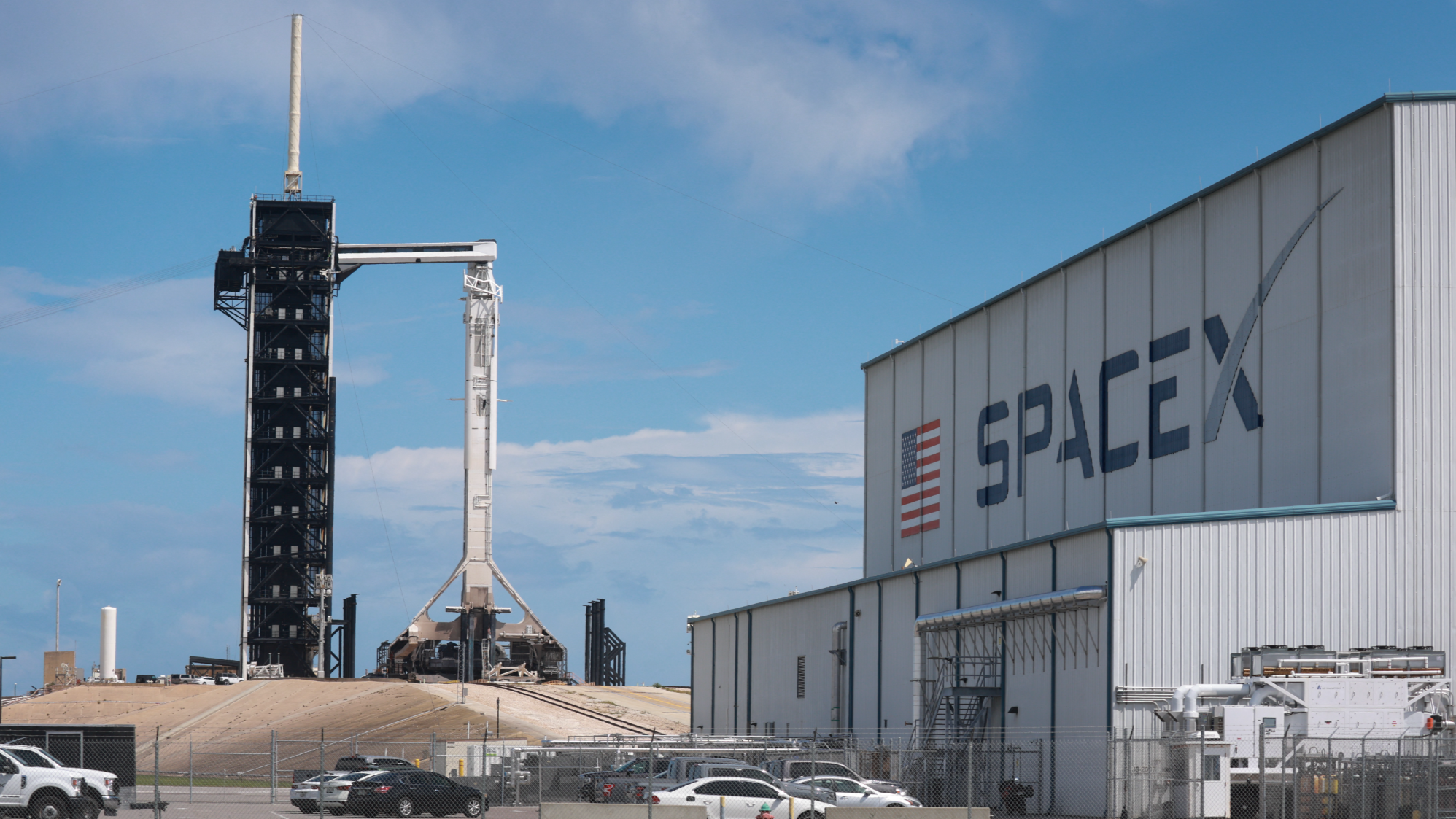
SpaceX plans to launch about five uncrewed Starship missions to Mars in two years, CEO Elon Musk said on Sunday in a post on social media platform X.
Earlier this month, Musk had said that the first Starships to Mars would launch in two years "when the next Earth-Mars transfer window opens".
ALSO READ: Billionaire and engineer conduct first private spacewalk in SpaceX mission
The CEO on Sunday said that the first crewed mission timeline will depend upon the success of the uncrewed flights. If the uncrewed missions land safely, crewed missions will be launched in four years. However, in case of challenges, crewed missions will be postponed by another two years, Musk said.
Musk, known for providing changing timelines on Starship's readiness, said earlier this year that the first uncrewed starship to land on Mars would be within five years, with the first people landing on Mars within seven years.
ALSO READ: US SEC intends to seek sanctions against Musk in Twitter probe
In June, a Starship rocket survived a fiery, hypersonic return from space and achieved a breakthrough landing demonstration in the Indian Ocean, completing a full test mission around the globe on the rocket's fourth try.
Musk is counting on Starship to fulfill his goal of producing a large, multipurpose next-generation spacecraft capable of sending people and cargo to the moon later this decade, and ultimately flying to Mars.
READ MORE: US launches new mission featuring first civilian spacewalk
NASA earlier this year delayed Artemis 3 mission and its first crewed moon landing in half a century using SpaceX's Starship, to September 2026. It was previously planned for late 2025, NASA said.
Japanese billionaire Yusaku Maezawa in June canceled a private mission around the moon he had paid for, which was to have used SpaceX's Starship, citing schedule uncertainties in the rocket's development.


